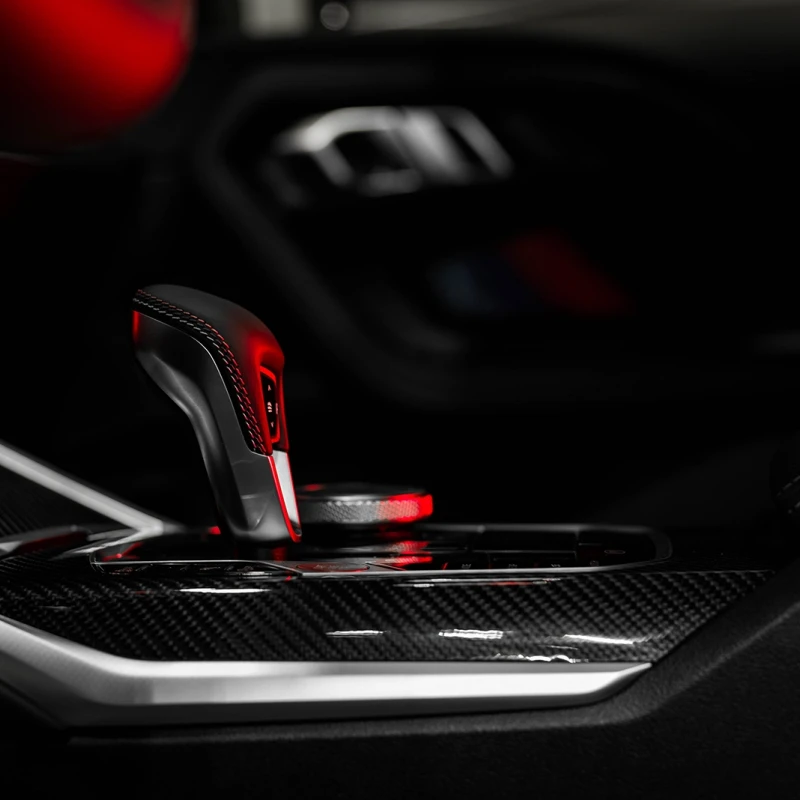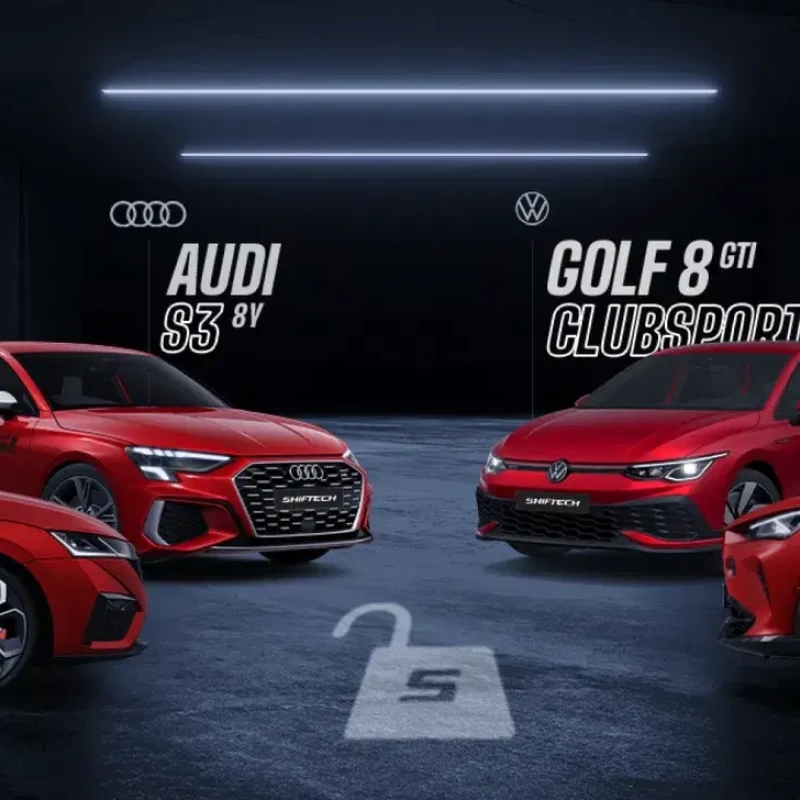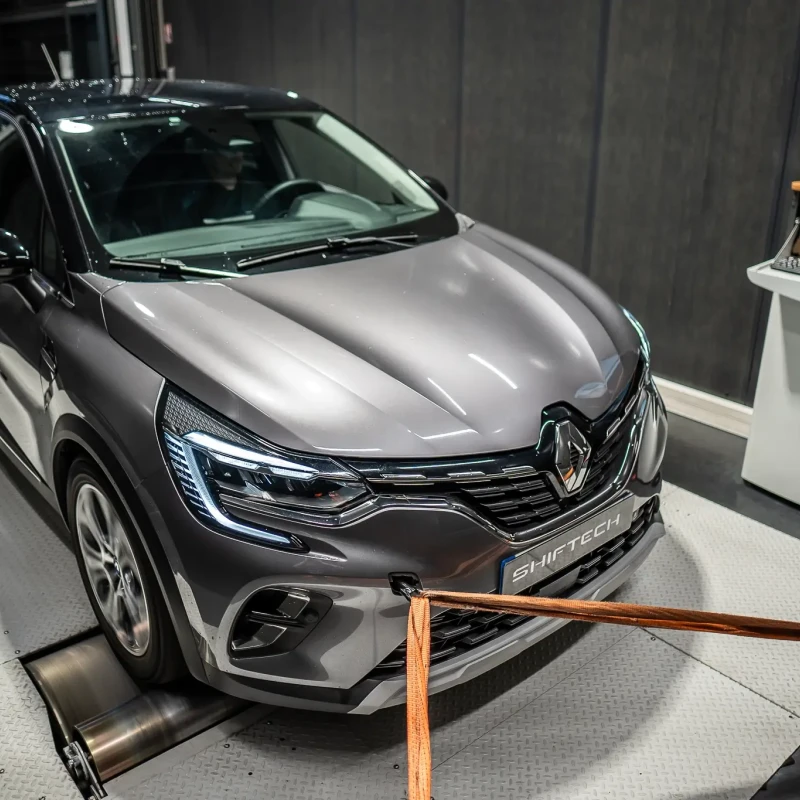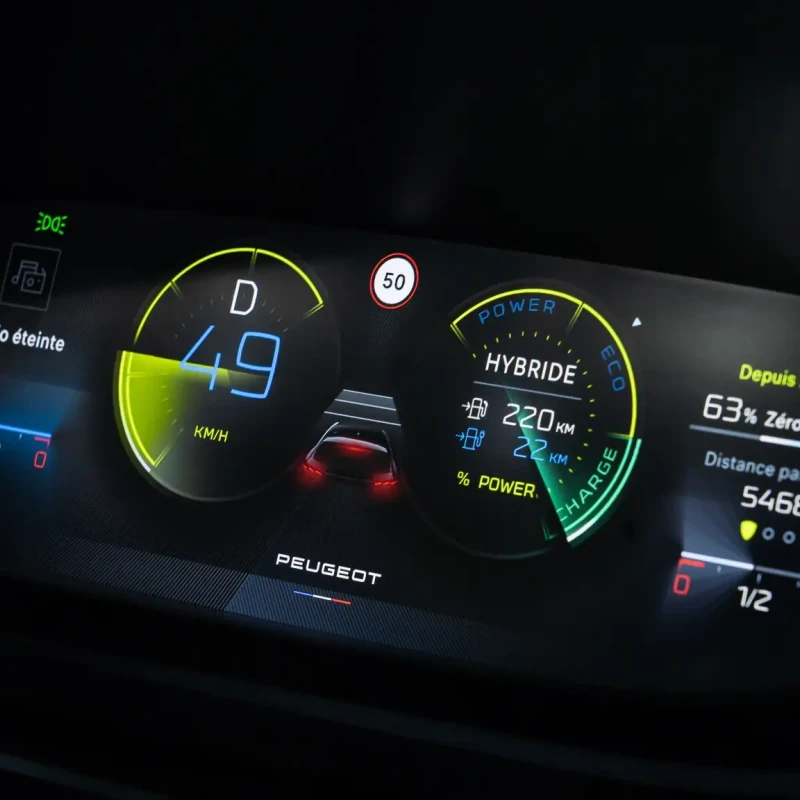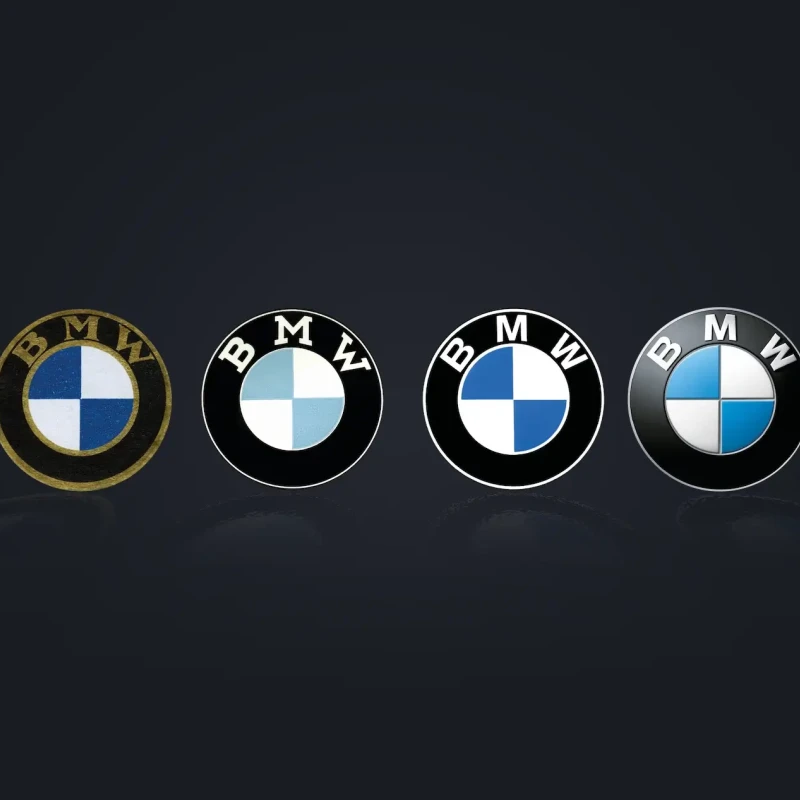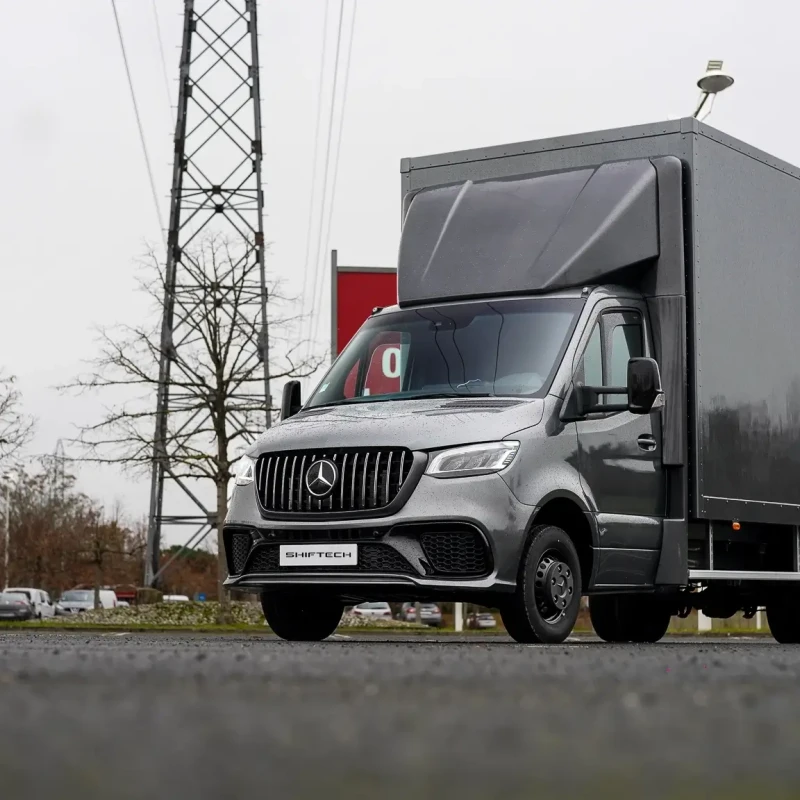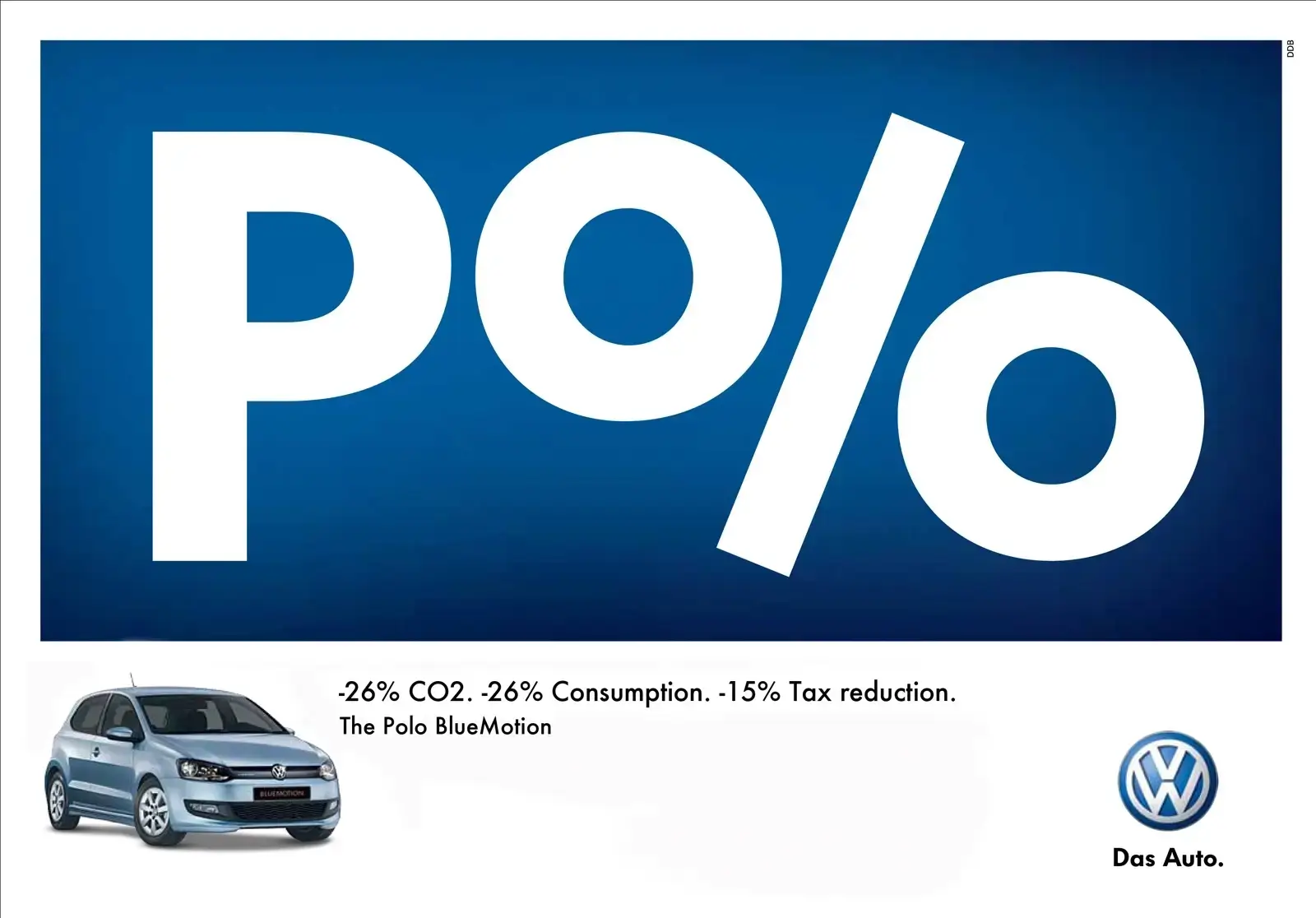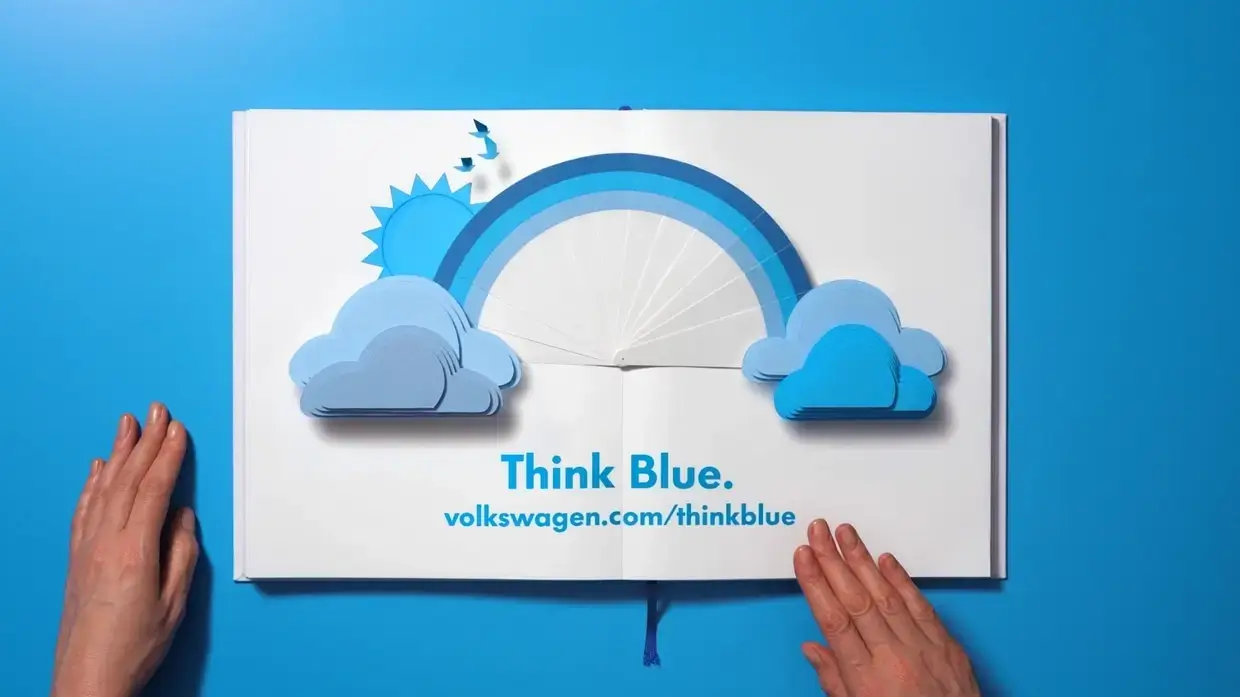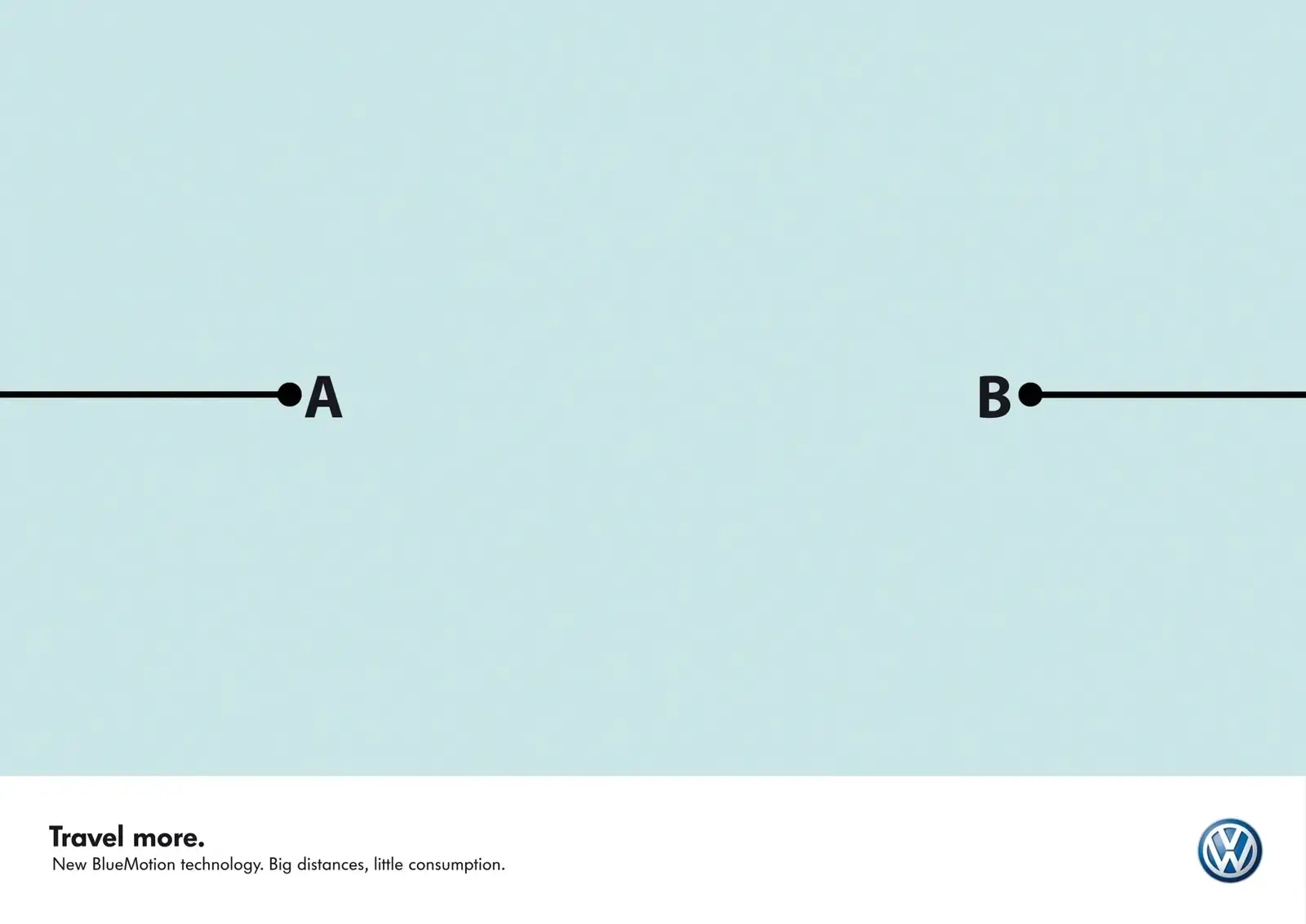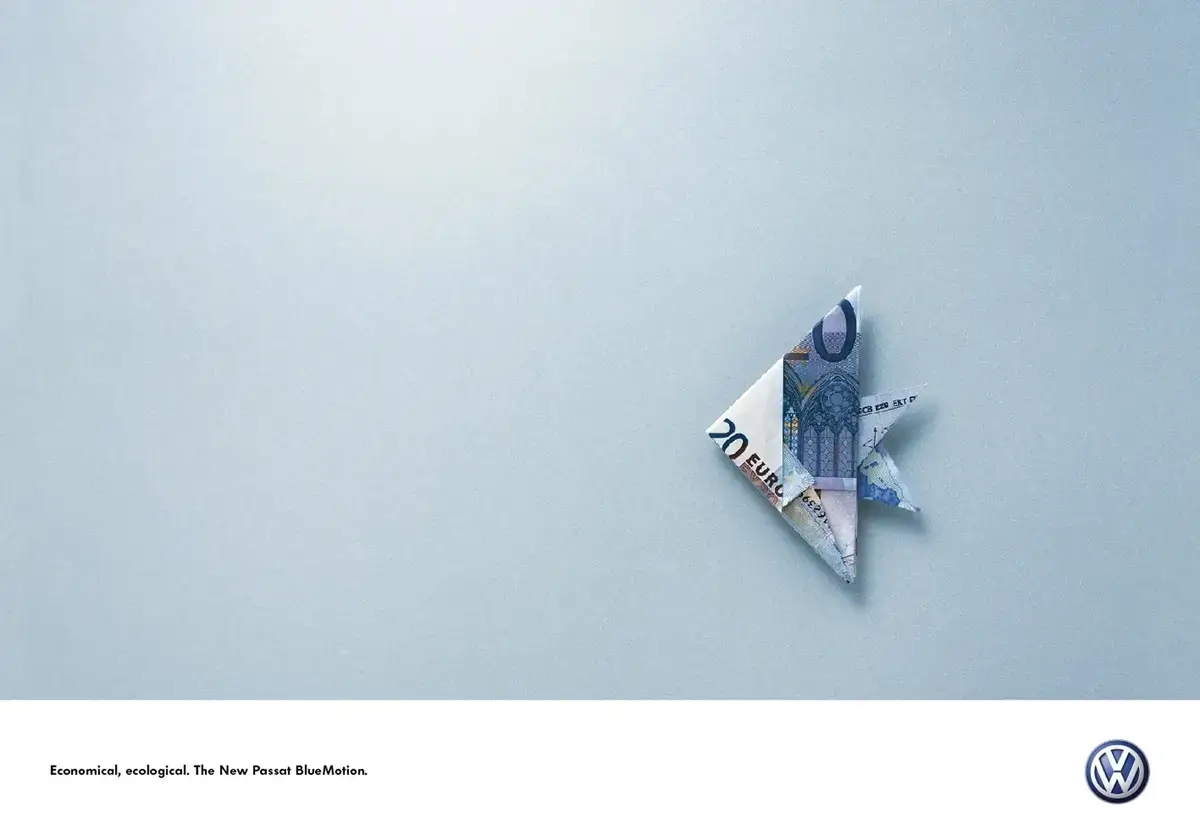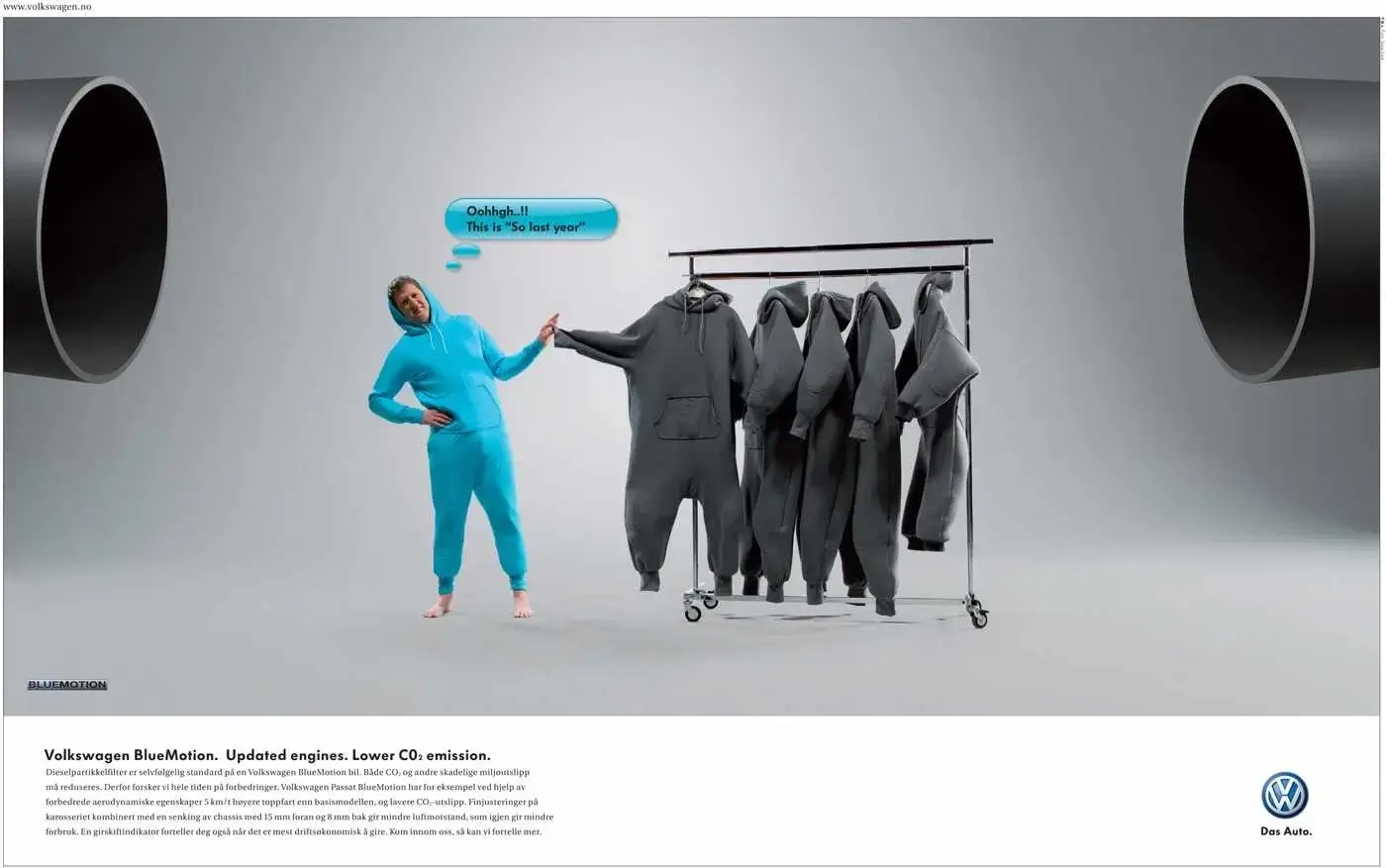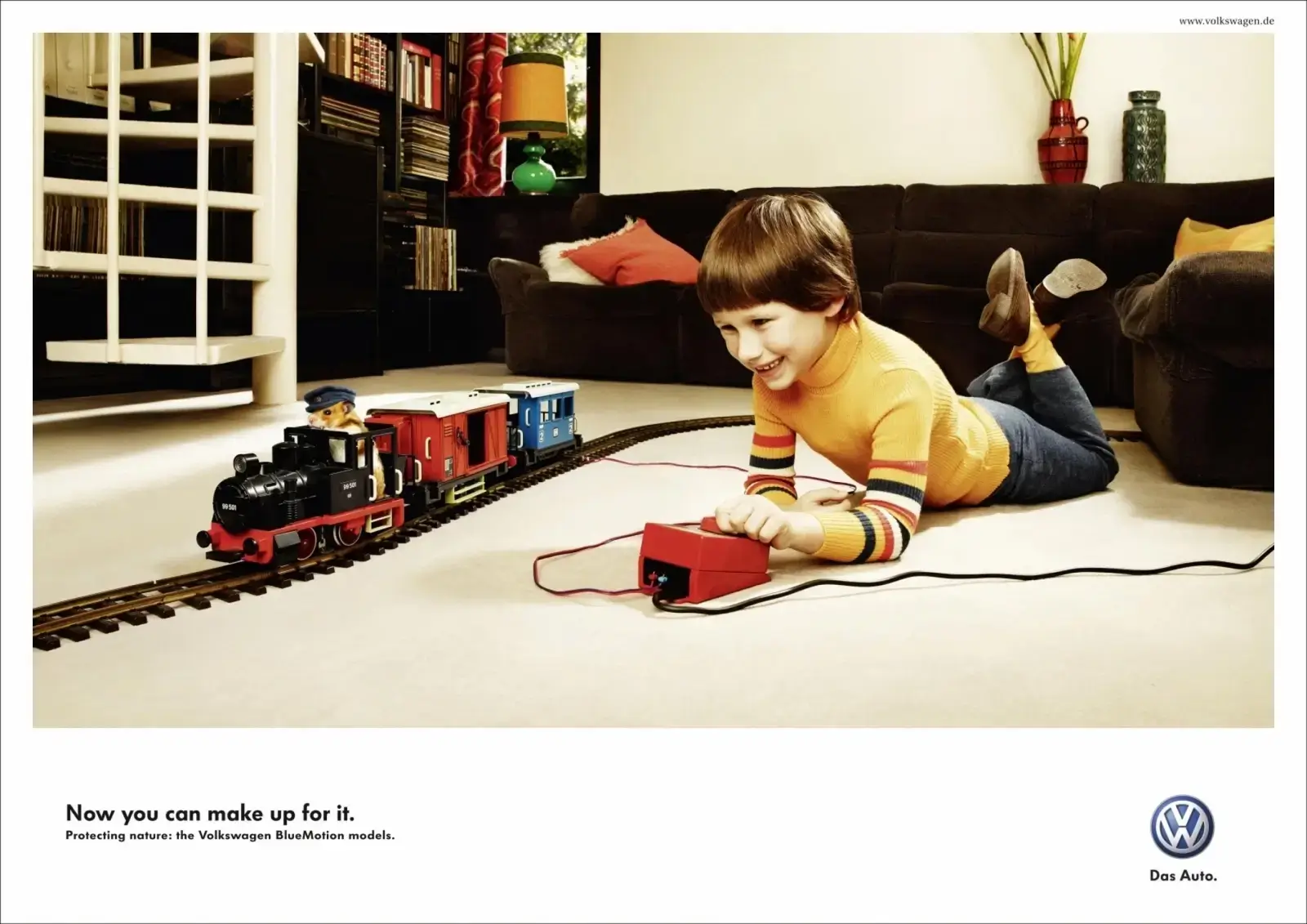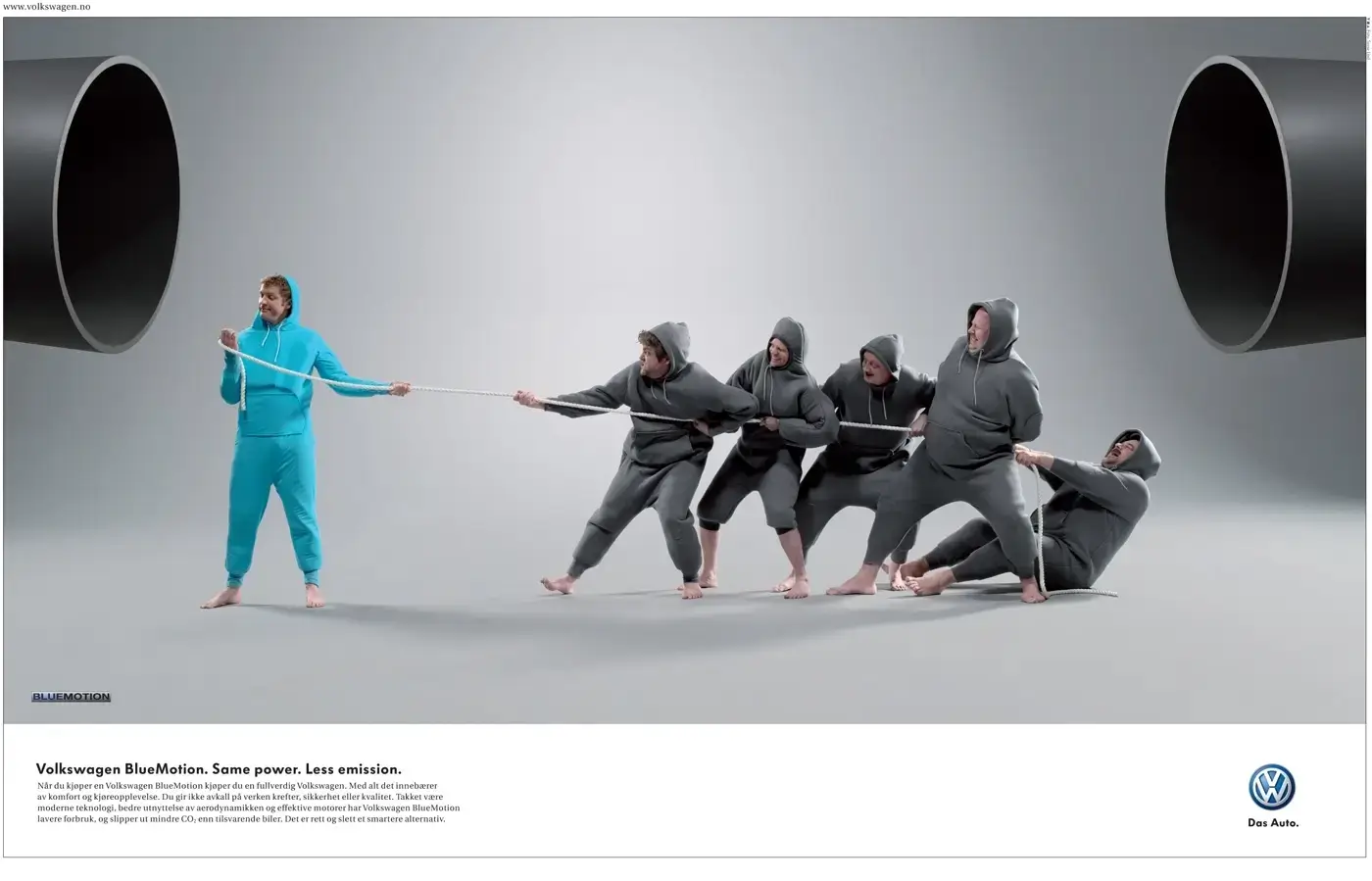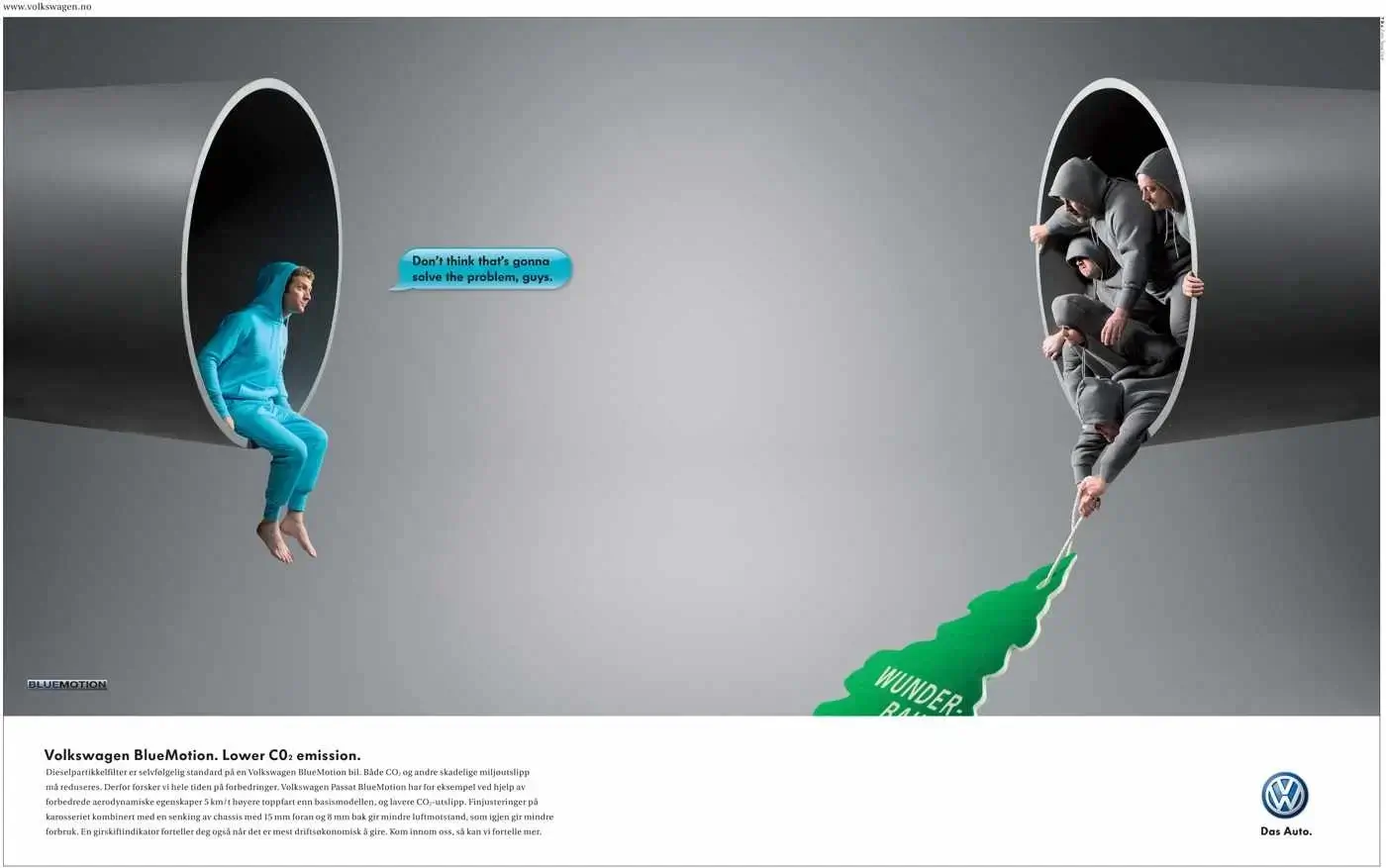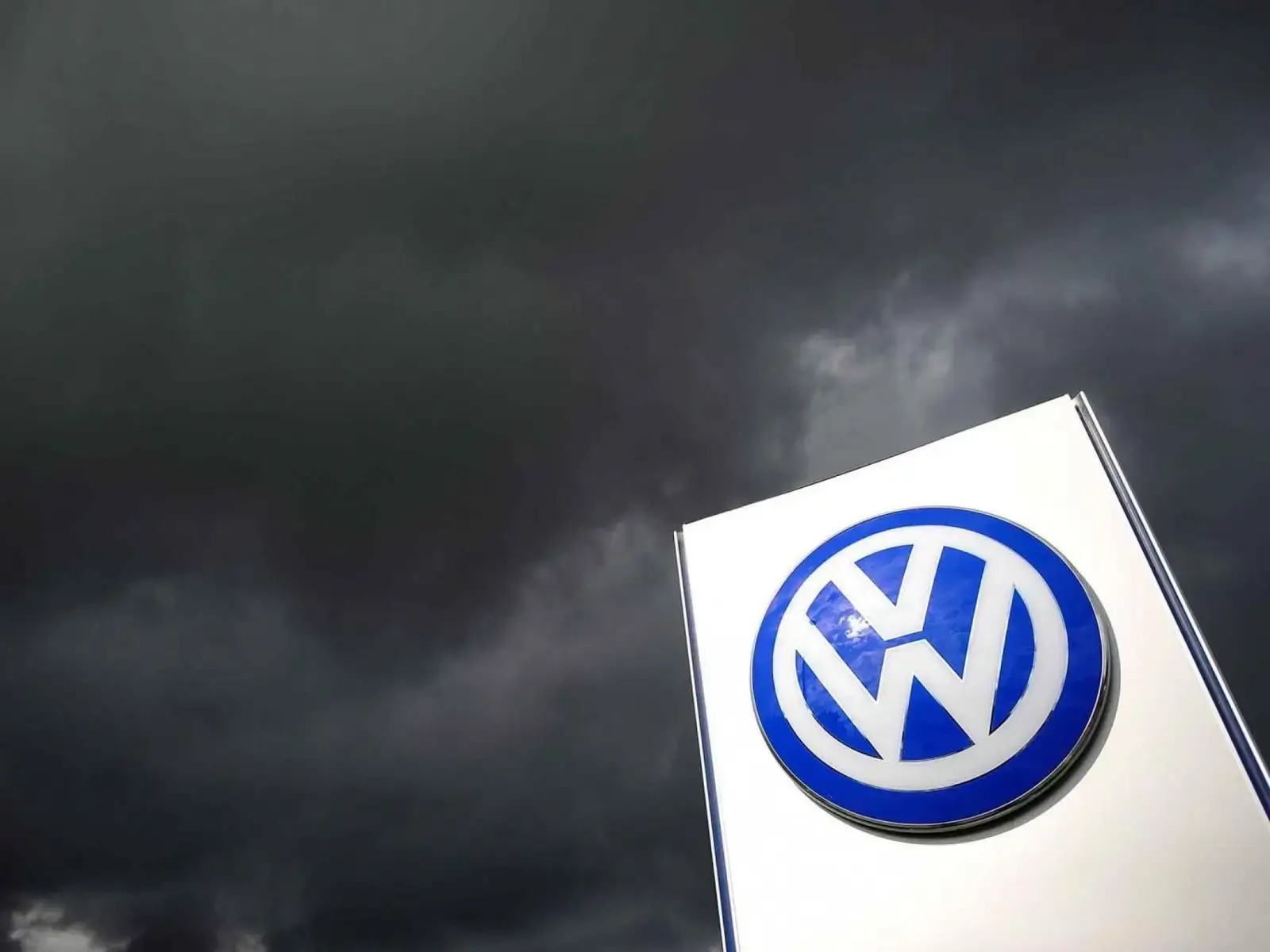
Volkswagen affair
The VW affair, later renamed "Diesel Gate", caused quite a stir. At first, it only concerned a few 2.0 TDI engines sold in the United States, but it very quickly spread to other types of engine found throughout Europe, causing VAG's share price to plummet by more than 40% in just a few days. But what really happened?
Diesel Gate
It's always a question of money, even before ecology. In order to reduce emissions of polluting gases (CO(1), CO2(2), HC(3), Particulate Matter(4), but above all NOx(5)), Europe is forcing manufacturers to comply with certain standards. You've probably heard of European emission standards, known as "EURO standards", which set limits on polluting emissions from motor vehicles. The latest is Euro 6, which came into force in 2014 and has been mandatory since September 2015. Each new standard is accompanied by a series of drastic reductions in pollutant emissions, to the point where it is becoming very difficult for manufacturers to comply with them while offering customers a high-performance vehicle. Some have therefore resorted to cheating in order to comply with them.
Note from the engineer!
The manufacturer faces a number of problems. To create an engine that complies with the standards, it has to spend a lot of money on research and development.
So either, as Mazda does, by tackling the problem at source and trying to modify the engine's compression ratio, while optimising the work of the EGR (Exhaust Gas Recirculation : which consists of passing a certain proportion of the exhaust gases back into the intake so that they can be recirculated a second time), or, as most manufacturers do, by adding an additional filter (SRC : selective catalytic reduction) after the particulate filter, which is used to trap NOx. This additional filter will cost the manufacturer between €500 and €1,000 on top of the cost of engine development. So there's always the problem of extra cost, which will be very difficult to bear on a small model.
The other problem concerns fuel consumption. If you're looking for a low-pollution system, you're bound to have to consume more, at least that's how it works on a diesel vehicle.
To sum up in a very simplified way, a diesel engine works with an excess of air, which means that theoretically you can give it a lot of air compared with the amount of fuel injected; this is known as a lean mixture. A leaner mixture may give better performance (less fuel consumption for the same power), but on the other hand, the level of NOx and particulates (among other things) rises sharply. To comply with the standards, the manufacturer must therefore favour a homogeneous, balanced mixture, thus limiting the quantity of polluting gases. But that's not all: to meet emissions standards, many vehicles are fitted with particulate filters (DPFs). In most cases, these DPFs use post-injection (injection of diesel fuel after combustion) to increase the exhaust temperature and then create regeneration (emptying of the particulate filter at high temperature), which takes place every 800km or so. This post-injection also increases the vehicle's overall fuel consumption. To reduce consumption and emissions, the manufacturer is sometimes forced to limit the vehicle's power, which has the effect of limiting the quantity of diesel and therefore of the gases produced by combustion.
But here's the problem. The big problem for the manufacturer is that there is a lot (too much?) of talk about CO2, which is directly linked to fuel consumption, and very little about NOx, which is the main problem with diesel, along with fine particles. So if a manufacturer wants to sell vehicles, it has to develop a relatively powerful engine that complies with standards and, above all, consumes little fuel. Since taxation has been heavily based on CO2 in recent years, manufacturers have no choice but to sell their vehicles on the basis of low fuel consumption.
And that's the problem. The VAG group asked its engineers to do the impossible, i.e. to create an engine on a limited budget (without adding another filter behind the particulate filter) that would consume little, perform well and pass the Euro tests. As this was impossible in the time available, they took the (wrong) decision to install emissions test detection software. As a result, when the vehicle detected that it was on the test bench, it switched to a low particle emission mode in order to meet the standards. to add insult to injury, they upgraded the software as the standards evolved. Unfortunately, some researchers were surprised to find that the results on the road were much better than those on the test bench.when VAG refused to cooperate, or at least to explain why there was such a difference, the United States launched an investigation, which led to the scandal we know today.
In concrete terms, what will happen?
Europe has ordered VAG to update all vehicles affected by the problem. This update does not only include the removal of the spyware, which is never active in real driving conditions. VAG's plan is to offer an engine ECU update, i.e. a software update for the engine electronics that will enable it to meet Euro standards, without cheating, of course. As explained earlier in the engineer's note, the manufacturer will be confronted more than ever with this triangular relationship between consumption, power and emissions. following this update, there are two possible effects: either the vehicle will consume more, or it will undeniably lose performance. Finally, this update will be compulsory, so we can imagine that the owner of a vehicle concerned who does not comply with VAG's recall could be liable to a fine.
As a reminder, only Euro 5 vehicles are affected by the spyware. As a result, Euro 5 engines awaiting delivery will, according to the press, be replaced directly (and free of charge) by Euro 6 engines on which no spyware has been installed beforehand.
Which engines are affected?
Only the 1.2 TDI CR, 1.6 TDI CR and 2.0 TDI CR Euro5 engines are affected. For the 1.2 TDI and 2.0 TDI engines, a simple electronic update of the engine control unit will be required. For the 1.6 TDI, it would appear that the particulate filter and perhaps even the injectors will have to be changed (to be confirmed). This is interesting, given that it is precisely these two elements that have been lacking since the launch of this engine. This could be a chance for owners of these engines to benefit from the replacement of these components free of charge.
EDIT (30-11-15): On the 1.6 TDI, VAG has finally come up with a solution to replace only one part upstream of the air flow meter. This part would limit the swirl effect, which would give more accurate data for the incoming air. This technique, combined with an engine update, will enable us to comply with European standards. The updates will begin in 2016.
My vehicle is prepared at ShifTech. What should I do?
Once you have completed the update at your dealer, you can contact the ShifTech centre that prepared your vehicle. Based on this new update, we will create a new programme for your vehicle, free of charge.
Conclusion
VAG gambled and lost. Despite the fact that, in the end, the impact on the environment was minimal, it was above all the cheating that was blamed on the group. The consequences for the group are dramatic, with Europe punishing it with compulsory updates, boycotts of certain countries and heavy fines. This is happening at a time when the VAG group has been the world's leading manufacturer for several months. Is this a coincidence? Whatever the case, it's a safe bet that other manufacturers have had to resort to the same kind of trickery to pass the Euro standards, given what they too emit on road tests. Strangely enough, we haven't heard anything about this yet, but it's likely to happen. In any case, ShifTech is at your entire disposal if you have any questions on this subject.
Don't hesitate to visit our website www.shiftech.be and in particular the news section, or contact us for more information on this subject.
(1): CO: Carbon monoxide, which reduces the blood's ability to carry oxygen. It is produced following incomplete combustion of the mixture.
(2): CO2: Carbon dioxide: Greenhouse gas, responsible for global warming.
(3): HC: Hydrocarbons: Burnt hydrocarbons contribute to the formation of ozone and indirectly to the greenhouse effect.
(4) : Particulates: These penetrate the lungs and are associated with numerous respiratory and cardiovascular diseases, as well as asthma.
(5): NOx: This gas reacts in the atmosphere to form nitrogen dioxide, causing respiratory problems, headaches and contributing to the formation of smog. Almost 50% of NOx comes from land transport.
Learn more
View articles
Similar
